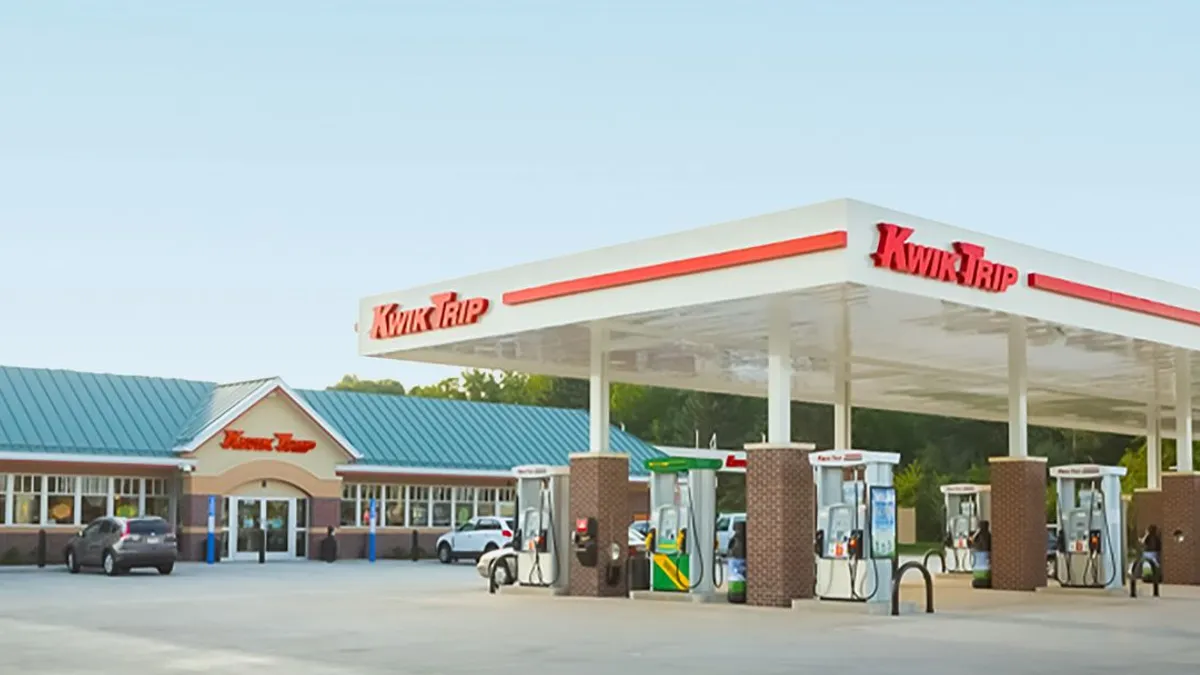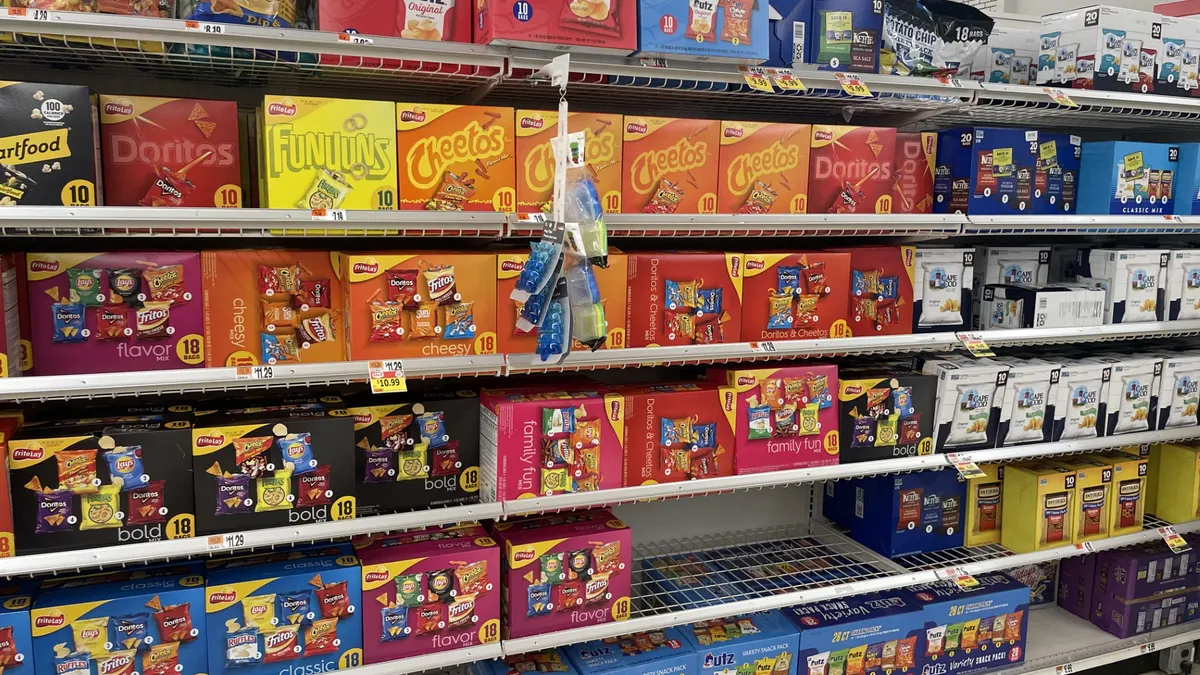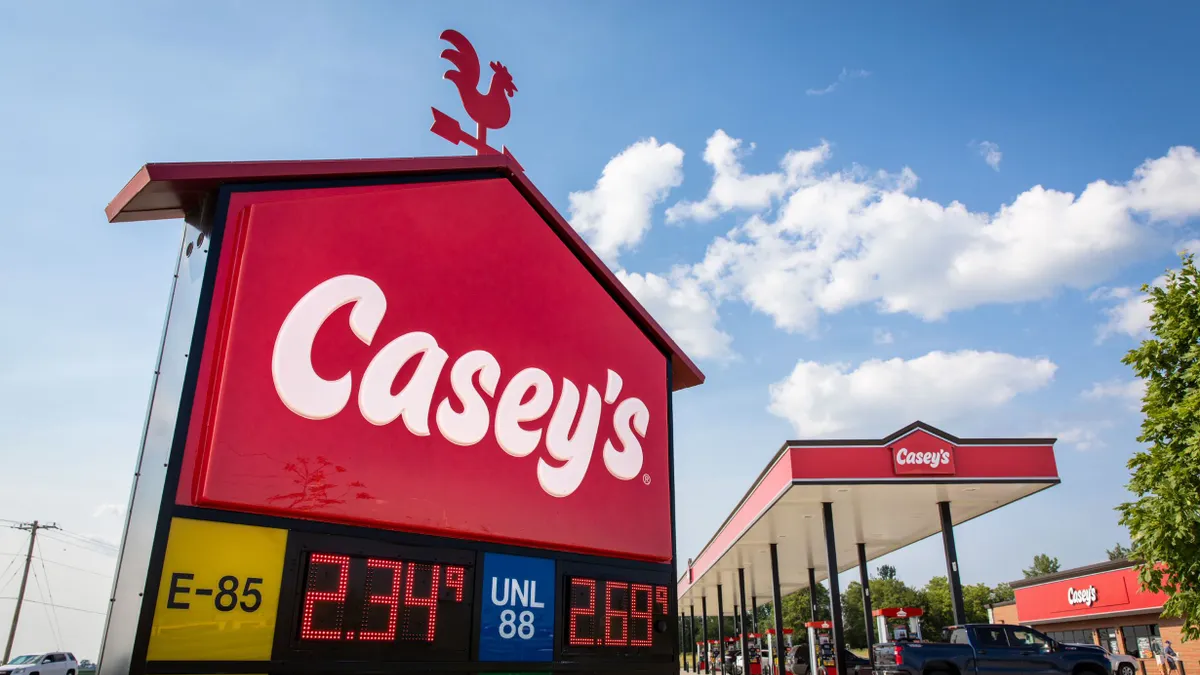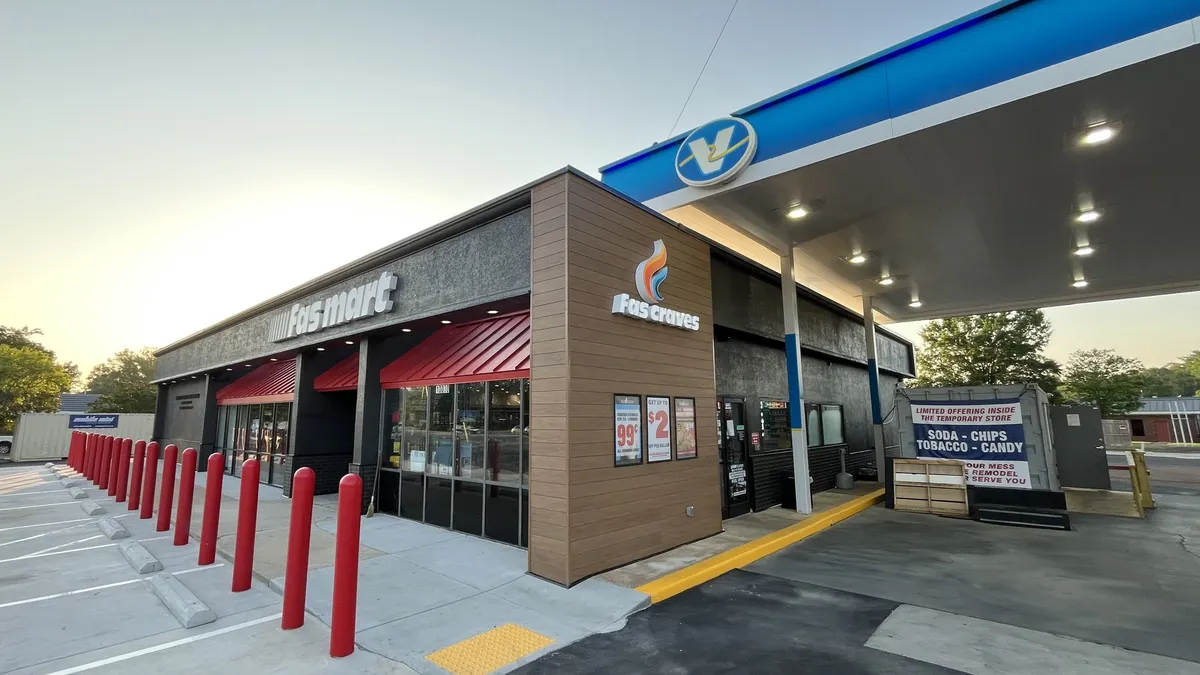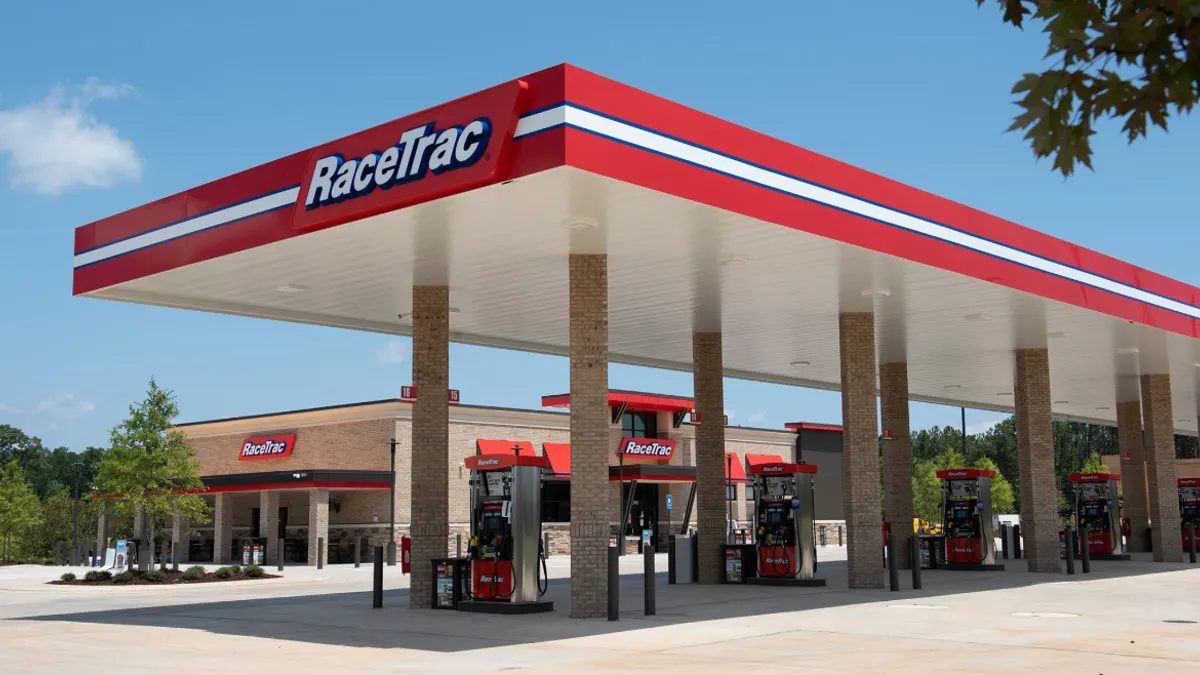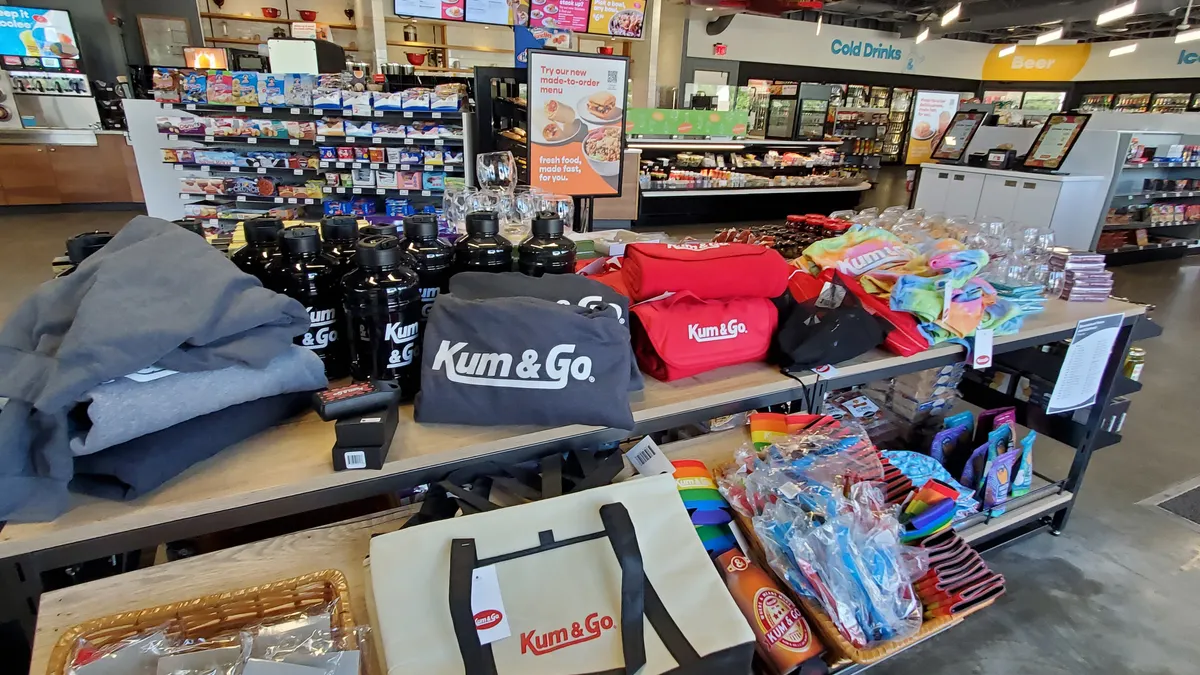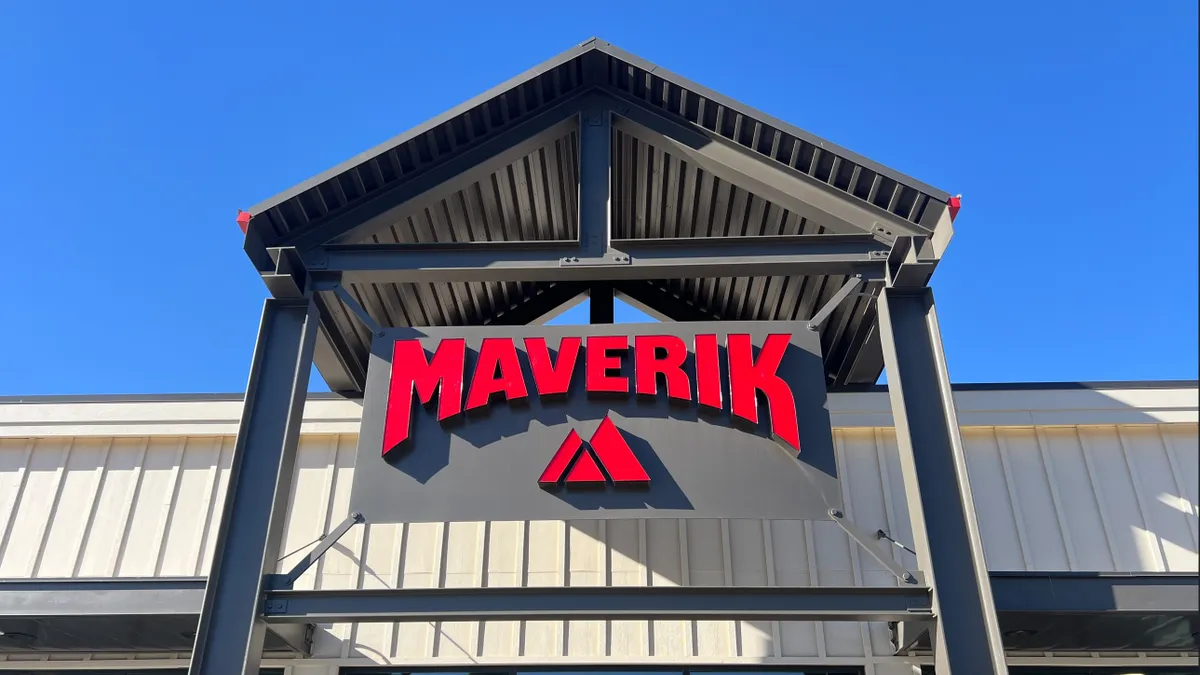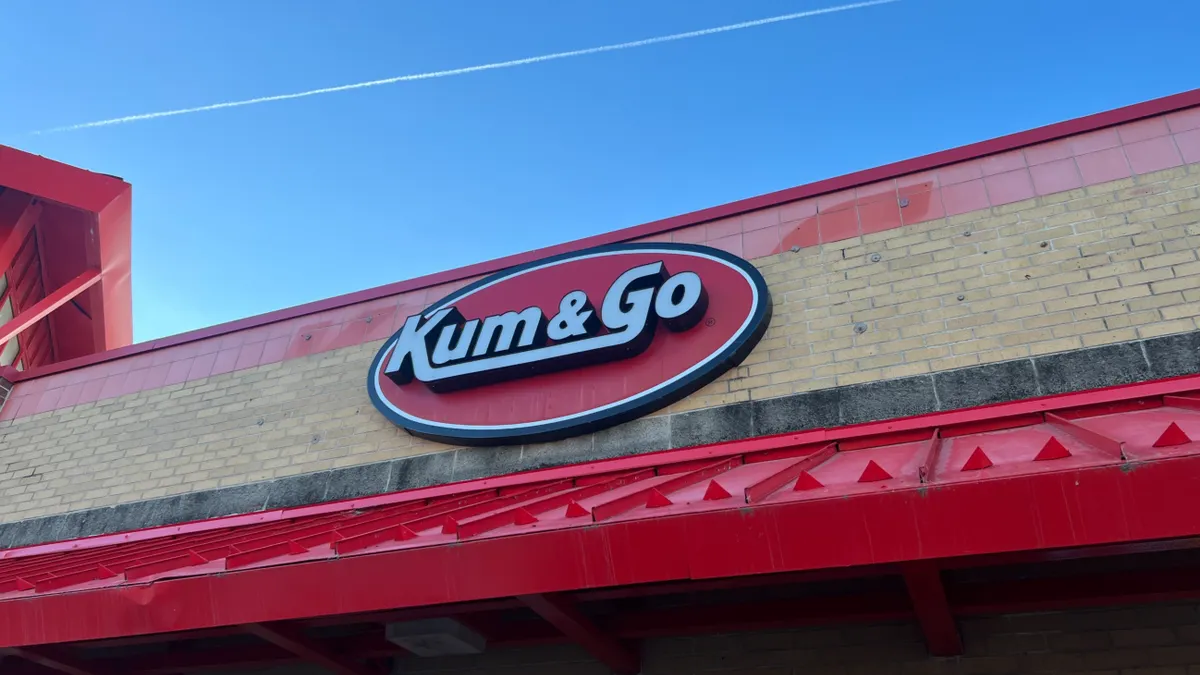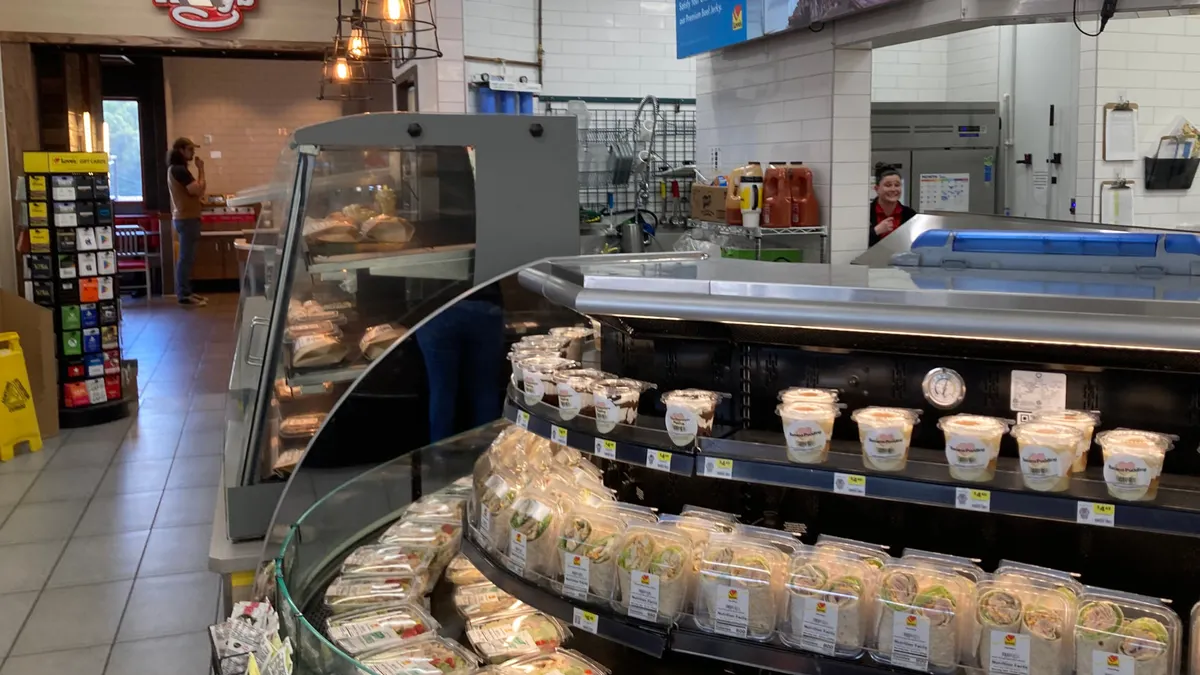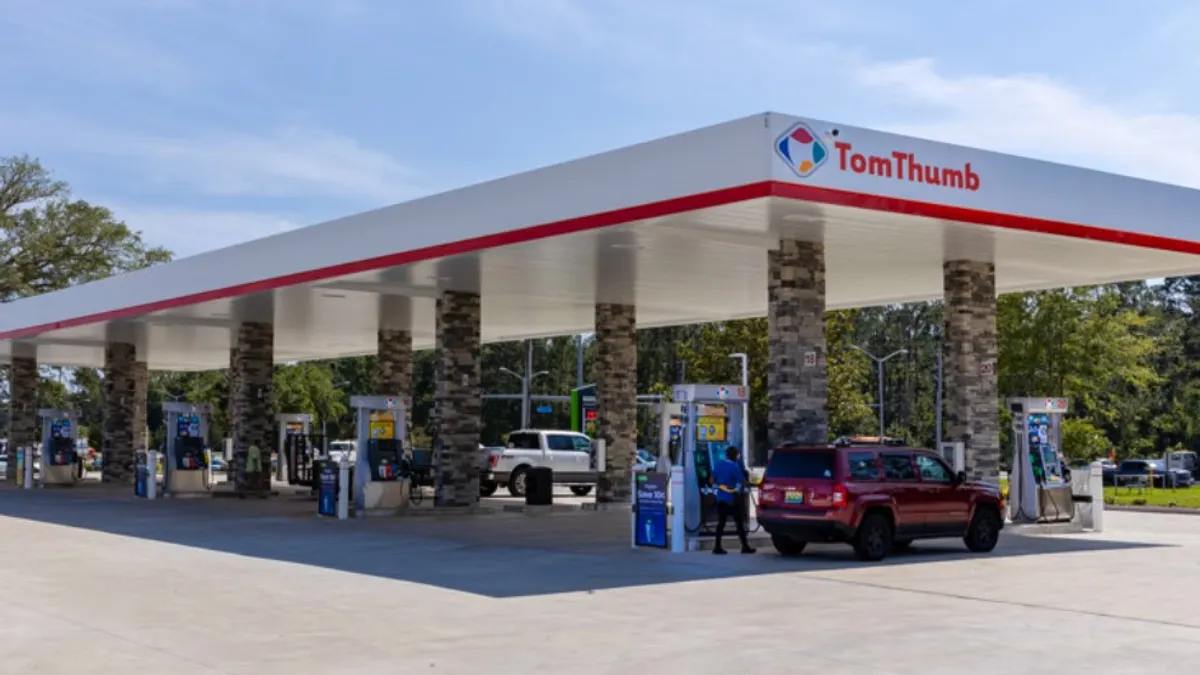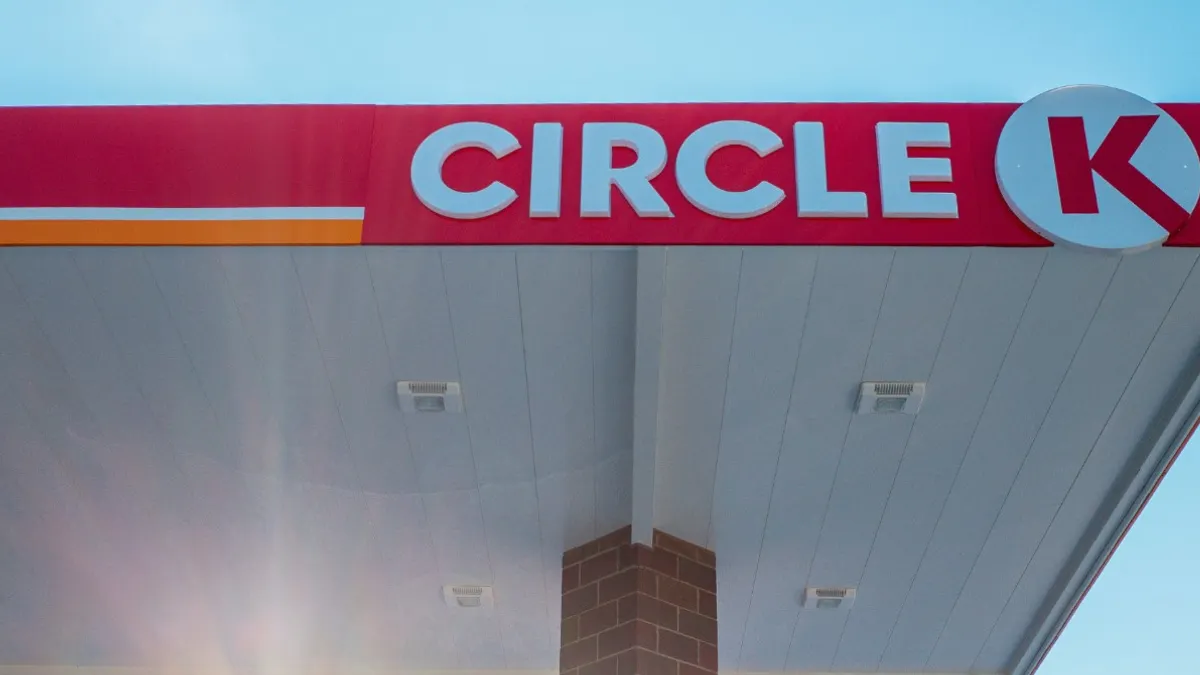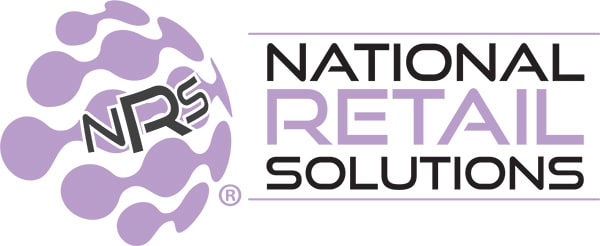Frank Beard is a longtime convenience retail enthusiast who currently works in marketing for Rovertown. His column, The Road Ahead, examines innovation in the c-store industry.
I’ve always been fascinated by the way people treat convenience store brands like sports teams.
Whenever a post about gas station food goes viral, take a look at the comments. Iowans are quick to mention Casey’s General Stores or Kwik Trip. Pennsylvanians claim that Sheetz, Wawa or Rutter’s is the superior option. Eastern Tennesseans point to Weigel’s. Texans, of course, mention Buc-ee’s.
This happens because convenience retailing is regional. Whereas the QSR industry is dominated by national brands, convenience stores are often associated with a sense of place. That’s why it can also be a bit jarring to encounter one outside of its home turf.
Back in August, I hosted a retail study tour for Australia’s United Convenience Buyers. We traveled from Cleveland to Cincinnati, then to Knoxville and Nashville, Tennessee, visiting some of the best stores in the country.
Rolling into Cincinnati, we noticed three Wawa locations under construction and stopped at one that was just completed. I knew the retailer had moved into Cincinnati, but it was still a bit surprising to see. I’m a big fan of Wawa, but I'm just so used to seeing them in Pennsylvania or parts of Florida.
Earlier this year, I wrote about the rise of the “super regionals." It's a phrase I’m using for four privately owned chains — Sheetz, Wawa, QuikTrip and Kwik Trip — that are rapidly expanding outside of the regions that made them famous and pushing into new markets with state-of-the-art, new-to-industry builds.
The expansion of super regionals is a far more disruptive force than consolidation. It introduces something new and different to a market, and it has the potential to reset baseline customer expectations for what a gas station can and should be.
Over the next decade, I believe the expansion of these companies and the competition that ensues will dramatically accelerate several trends in the industry, particularly around foodservice.
Let’s take a closer look.
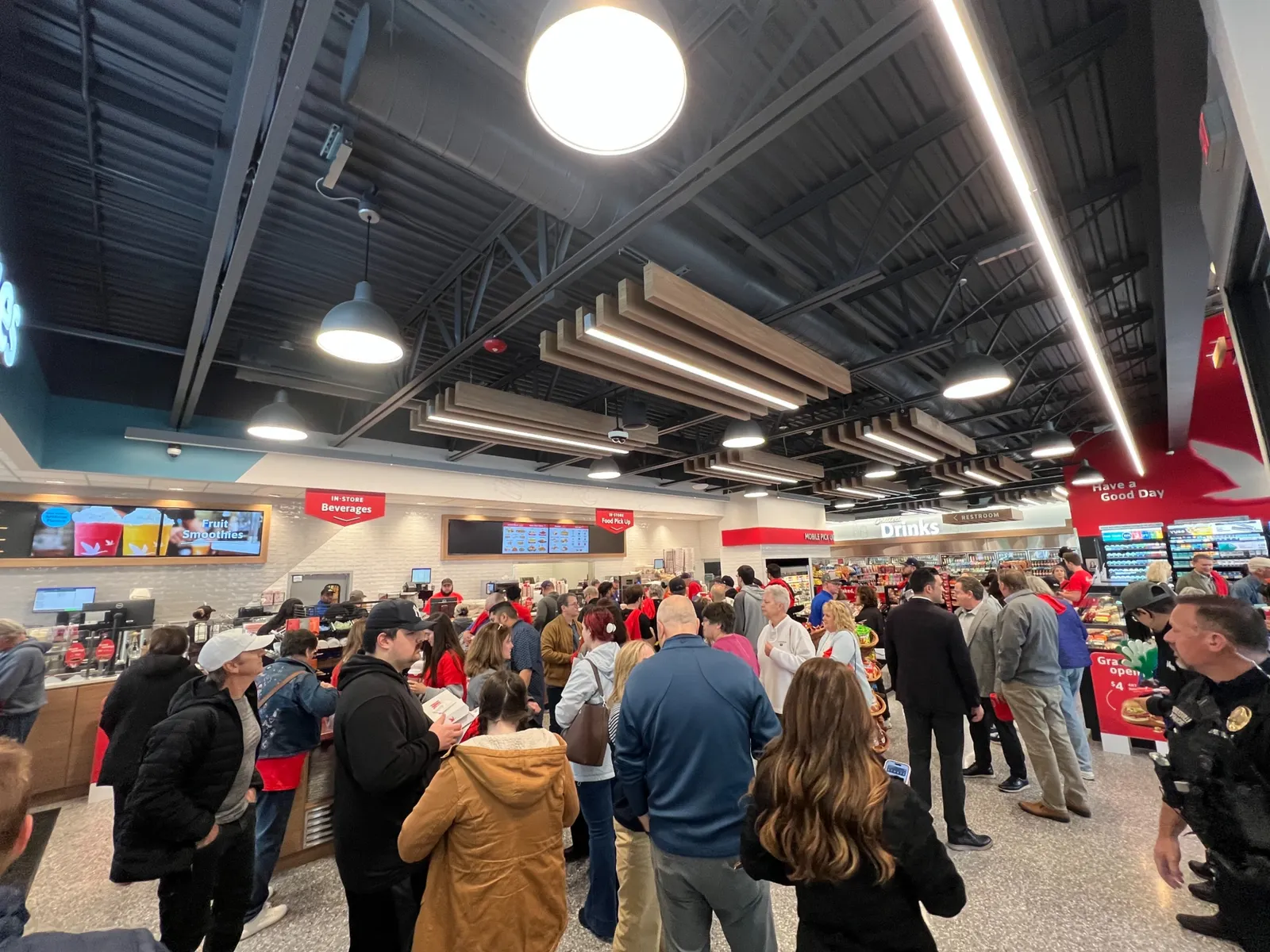
Food matters more than you might think
Every retailer needs a thing — some positive attribute that they’re known for or a feature that comes to mind whenever you hear their name or see their logo.
Fuel is a commodity , and inside the store, many retailers have refined their models to the point where the offer is built largely around the same products from the same CPGs, often with similar layouts. That’s why when you look closely at many of today’s initiatives, they're really about creating distinctions — giving customers a compelling reason to turn right instead of left.
Foodservice is one of the clearest pathways to differentiation. But the challenge is that many retailers are just beginning to take food seriously, whereas the super regionals have been at it for decades. Sheetz pioneered touchscreen ordering in the late 1990s, nearly two decades before the major QSRs. Wawa followed shortly thereafter. QuikTrip and Kwik Trip may take slightly different approaches, but both are long-established leaders in foodservice.
I’ve long believed that competition breeds innovation. There’s nothing quite like having your back against the wall to prompt you to take action and try new things. Spend enough time traveling around the United States, however, and you'll notice that many markets have a sort of equilibrium when it comes to convenience retail. There's competition, sure, but rarely do you see anyone forcing competitors to take drastic actions.
And rarely does new competition bring something truly disruptive. When consolidators like 7-Eleven or Circle K arrive in a market, they tend to swap logos, instill cost discipline and streamline operations. Maybe a few sites get picked up by someone that just wants to sell smokes and cokes. Neither situation incentivizes existing players to rethink their food program or invest in a larger marketing team.
But when a super regional rolls into town with a dozen or more state-of-the-art stores backed by a beloved brand, established food program and aggressive marketing plan, that's a very different kind of pressure. It's disruptive because they have the ability to reset baseline consumer expectations for what “good” is.
Anyone who's been slacking on restroom quality and upkeep, for example, will suddenly look very different in the eyes of customers once they grow accustomed to Kwik Trip’s facilities.
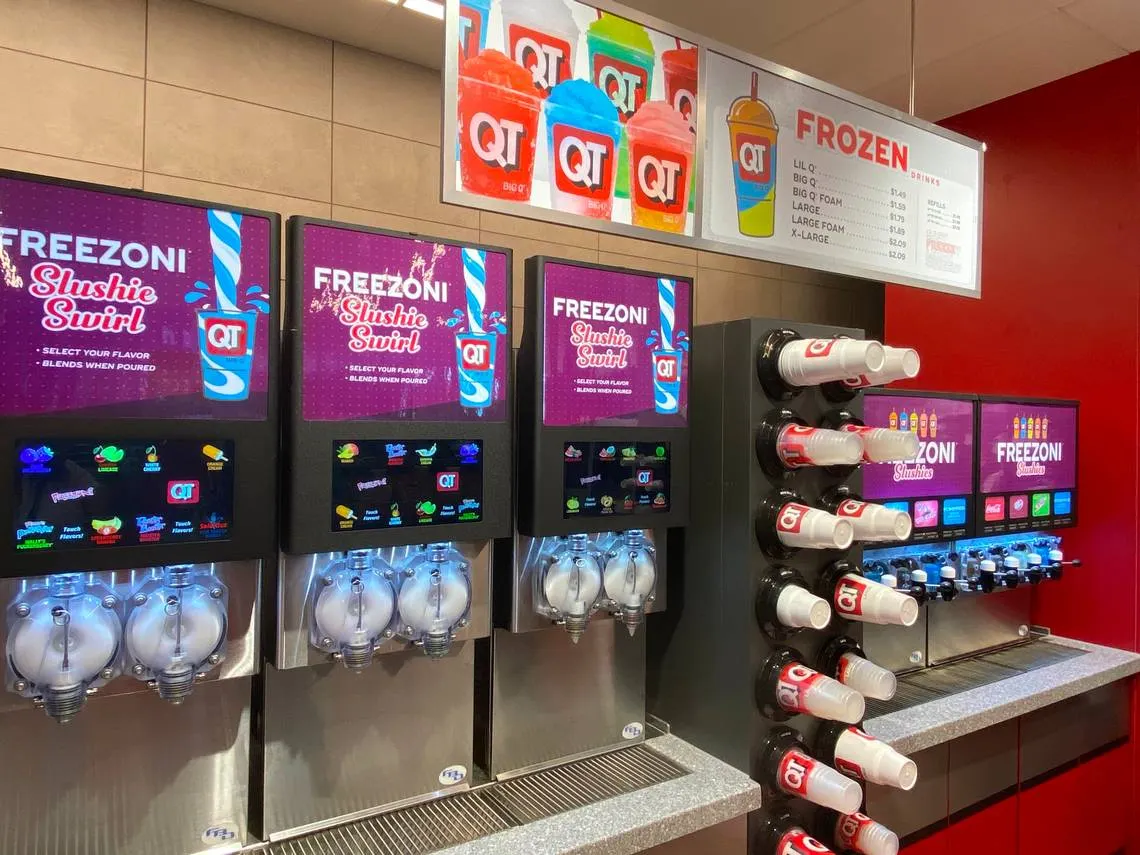
Regional Battles Will Shape the Future of Convenience
It's not a foregone conclusion that super regionals will dominate every market they enter. Some brands will likely consider exiting, but others have the ability to fight back.
This begs the question: how exactly do you compete with a super regional in your backyard? Perhaps someone smarter than me has a different answer, but the only option I see is to differentiate even further.
Super regionals are, by nature, standardized. It’s part of their appeal. Customers know what to expect. It's one of the reasons why I get excited whenever I see the Sheetz logo on an interstate sign.
But this creates an opening for local and regional players to win on authenticity. The hyperlocalized nature of this industry is an advantage for those who know how to wield it, and it opens the door to regional flavors, local sponsorships and the ability to communicate with customers in a way that feels authentic. It's one of the reasons why I love United Dairy Farmers, or Shop Rite’s Bourbon Street Deli locations with their Cajun quick service menu. People like to shop locally, even if the “local” company has several dozens of stores.
Additionally, several companies have already taken certain trends even further in recent years. Consider Twice Daily’s coffee program. Where else in the U.S. convenience retailing industry do you see someone scaling a barista-driven cafe experience like White Bison?
Competition breeds innovation
This is why I think the next decade will be transformative for convenience retail.
The super regionals didn’t reinvent the business. They simply took all of the traditional negatives associated with gas stations — subpar bathrooms, lighting, cleanliness, food and even the jobs themselves — and turned them into positives. That’s not rocket science. That’s just good retailing.
Rather than getting distracted with “mobility” nonsense or worrying about what may or may not be true 20 years from now, these companies are focused on what matters today. Customers want a place that feels safe, clean and inviting, and offers food and service that they look forward to.
As these retailers expand their proven models into new markets, their presence will lead to new competitive dynamics and put everyone with an undifferentiated or mediocre offer on notice. This will very likely drive the industry forward in new ways.
Where this goes exactly, I don’t know. New ideas will likely come from many different directions, including overseas. Northern Ireland’s forecourts, for example, show just how far foodservice can be taken at a gas station.
And, the QSRs should also pay close attention. They're the ones that have a lot to lose when these companies arrive in town. Why sit in a busy drive-thru if there's a Sheetz or Wawa on the corner?


